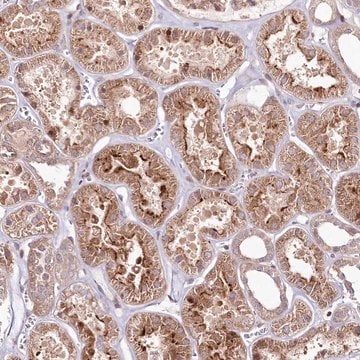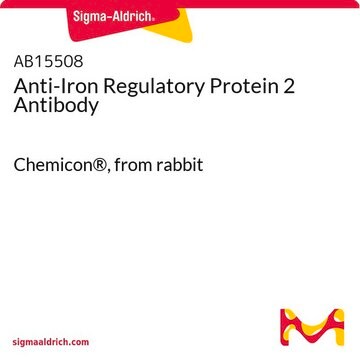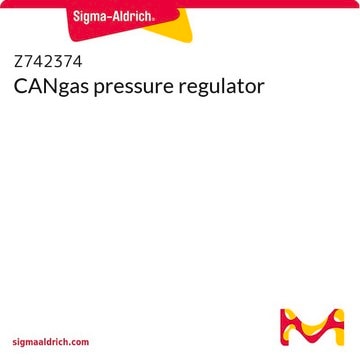All Photos(1)
About This Item
Empirical Formula (Hill Notation):
CH4
CAS Number:
Molecular Weight:
16.04
Beilstein:
1718732
EC Number:
MDL number:
UNSPSC Code:
41116107
PubChem Substance ID:
Recommended Products
grade
analytical standard
vapor density
0.55 (vs air)
Assay
≥99.0%
form
gas
autoignition temp.
998 °F
shelf life
limited shelf life, expiry date on the label
expl. lim.
15 %
bp
−161 °C (lit.)
mp
−183 °C (lit.)
density
0.716 g/mL at 25 °C (lit.)
application(s)
petroleum
format
neat
SMILES string
[H]C([H])([H])[H]
InChI
1S/CH4/h1H4
InChI key
VNWKTOKETHGBQD-UHFFFAOYSA-N
Looking for similar products? Visit Product Comparison Guide
Features and Benefits
Methane is used as a carbon source for the chemical vapor deposition (CVD) of carbide and diamond thin films.
Signal Word
Danger
Hazard Statements
Precautionary Statements
Hazard Classifications
Flam. Gas 1A - Press. Gas Compr. Gas
Storage Class Code
2B - Aerosol cans and lighters
WGK
nwg
Flash Point(F)
-306.4 °F - closed cup
Flash Point(C)
-188 °C - closed cup
Personal Protective Equipment
dust mask type N95 (US), Eyeshields, Gloves
Choose from one of the most recent versions:
Already Own This Product?
Find documentation for the products that you have recently purchased in the Document Library.
T M Wolever et al.
Diabetes care, 18(7), 1010-1012 (1995-07-01)
To determine if those who produce methane (i.e., have presence of methane in breath) have higher serum cholesterol than those who do not produce methane in subjects with impaired glucose tolerance (IGT). We measured breath gases and fasting serum total
T H Florin et al.
Gut, 37(3), 418-421 (1995-09-01)
The factors that regulate methanogenesis in humans have not been established. The presence of bile acid, which is lost into the colon from the small intestine, may be an important regulatory factor of methanogenesis. To examine this possibility, the effect
Ceri Hammond et al.
ChemSusChem, 5(9), 1668-1686 (2012-08-01)
The economically viable oxidative upgrading of methane presents one of the most difficult but rewarding challenges within catalysis research. Its potential to revolutionalise the chemical value chain, coupled with the associated supremely challenging scientific aspects, has ensured this topic's high
A N Hristov et al.
Journal of animal science, 91(11), 5095-5113 (2013-09-21)
The goal of this review was to analyze published data on animal management practices that mitigate enteric methane (CH4) and nitrous oxide (N2O) emissions from animal operations. Increasing animal productivity can be a very effective strategy for reducing greenhouse gas
Feng-Ping Wang et al.
The ISME journal, 8(5), 1069-1078 (2013-12-18)
Anaerobic oxidation of methane (AOM) is a crucial process limiting the flux of methane from marine environments to the atmosphere. The process is thought to be mediated by three groups of uncultivated methane-oxidizing archaea (ANME-1, 2 and 3). Although the
Our team of scientists has experience in all areas of research including Life Science, Material Science, Chemical Synthesis, Chromatography, Analytical and many others.
Contact Technical Service










